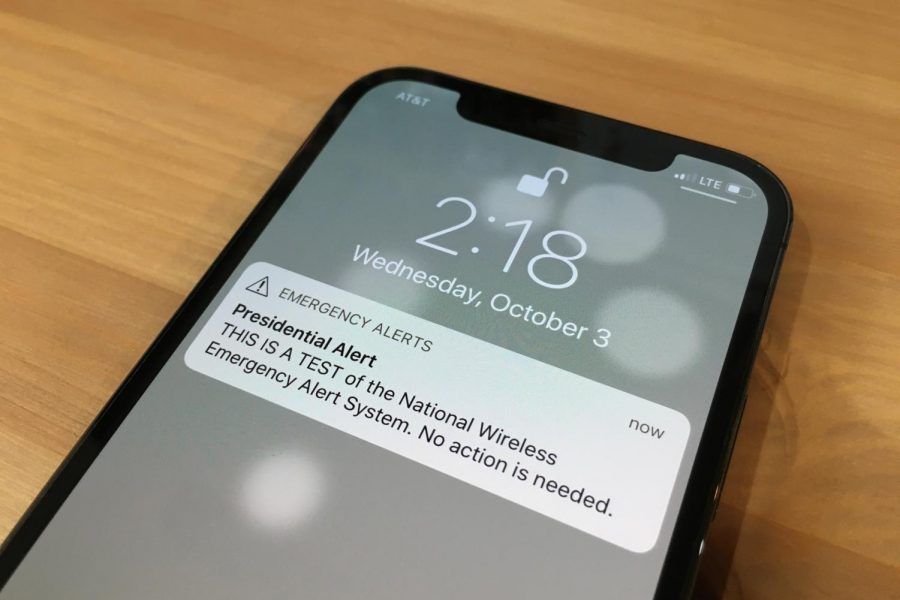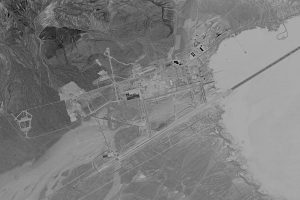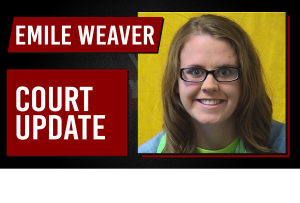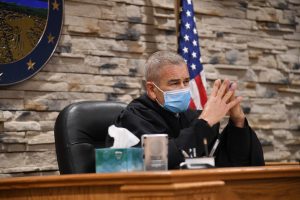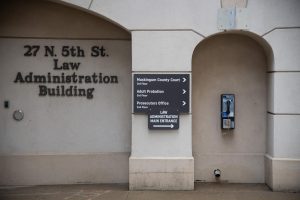Presidential Alert System to be tested Wednesday to ensure operational capacity
August 11, 2021
A nationwide Emergency Alert System (EAS) test will occur Wednesday across radios, televisions and cell phones.
The system is designed to notify the public about local, state and national emergencies.
In the event of a forthcoming attack, an alert by the system would likely be the first notice the public would receive about incoming nuclear-armed intercontinental ballistic missiles from a foreign adversary.
Some form of an emergency notification system has existed since the early 1950s when President Harry Truman established the Control of Electromagnetic Radiation (CONELRAD) system to disperse emergency information to public radio stations.
While many radio and television stations issued emergency bulletins, as was the case during the Japanese military attack on Pearl Harbor, no such nationwide system previously existed to quickly disperse emergency information.
Since CONELRAD, multiple different iterations of systems have existed, many expanding on each previous system’s drawbacks. Television alerts were added and following the ubiquity of cell phones, they too began receiving notifications.
The Emergency Alert System, the present version, became operational on January 1, 1997, and implements procedures and technologies designed to hardened special facilities to ensure the broadcast of Presidental Alerts.
While the system has existed in some sort for nearly 70 years, no national-level alert has ever been issued. EAS is instead regularly used to provide emergency weather and health notifications, as was done last year by many municipalities to notify residents about stay-at-home orders.
Wednesday at roughly 2:20 p.m., Eastern Standard Time, a nationwide level alert will be issued. It is a test meant to ensure radio stations, television stations and cell phones properly receive the notification.
Anyone who doesn’t receive an alert is strongly encouraged to notify the government by email at: FEMA-National-Test@fema.dhs.gov

